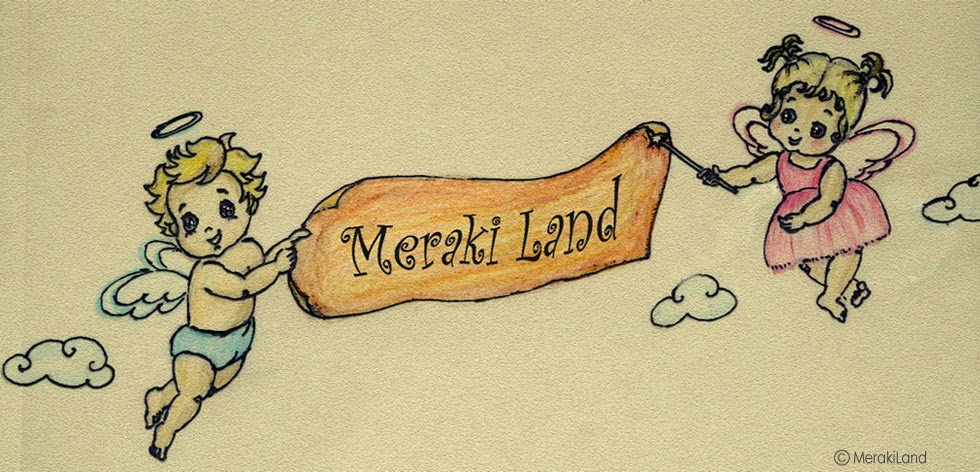Lepakshi is a small village in Andhra Pradesh, and is around 120 km from Bangalore. The famous Veerabhadra swamy temple of Lepakshi is built on a small tortoise shaped hill, "Kurmashila". Built in 16th century under the reign of King Achyutaraya of Vijayanagara dynasty by Virupanna and Veeranna, the temple is considered as an architectural marvel.
 |
| Veerabhadra Swamy Temple Entrance |
The temple is said to have seven prakarams (enclosure walls) , of which only three can be seen now.
Like any ancient temple, this has Mukha Mandapam, Maha Mandapam, Natya Mandapam, Antarala and Garbhagriha.
The main shrine in the Garbhagriha is of Lord Veerabhadra. Other shrines surrounding Garbhagriha are that of Raghunatha (Vishnu), Paapavinaseshwara (Shiva) and Bhadrakali. Two other shrines Ramalinga and Hanumalinga are believed to be set up and worshiped by Rama and Hanuman.
 |
| Entrance to inner enclosure |
 |
| Beautiful carvings near the Entrance |
The temple is famous for its magnificent sculptures and the murals on the ceiling. The ceiling in front of the sanctum has an enormous painting of Veerabhadra, 25x14 ft, with Virupanna and Veeranna standing either side. There are pillars bearing sculptures of Vastu Purusha and Padmini, the epitome of man and woman.
Below sculpture depicts the scene where Lord Shiva in disguise of Bhikshatanamurthy seeks alms from Parvathi. While Parvathi, in her bath robe, rushes towards him, Lord Shiva, in order to test her devotion dislodges her robes... Parvathi, unfazed, continues her offerings.
Bhikshatanamurti is usually depicted as associated with his Bhoota-Ghanam and followed by love-smitten women.
 |
| Bhikshatanamurthy |
The ceiling of the Mandapam has a centifolious lotus (Shatapatra Kamalam), made of twelve pieces of stone.
 |
Shatapatra Kamalam
Photo Credit: Likith |
Natya Mandapa has life size sculptures carved on pillars.The stage is set by Dattatreya, Surya, Tumbhura, Riteshwar, Nandishwar, Brahma and Chandra playing various instruments. Lord Shiva posing to initiate the dance while Goddess Parvathi is seen as the spectator; Rambha presenting her performance with the three-legged Bhringishwar guiding her.
 |
| Bhringishwar |
 |
| Rambha |
There is another pillar of importance, Aakasha sthambham or the Hanging pillar. This one suspends in the air (well almost). During the British era, a British Architect is said to have attempted to move the pillar to study the marvel and caused a minor shift in other pillars (also, possibly the reason that caused the pillar to touch the ground at one point).
 |
| Hanging pillar |
 |
| Many-in-one sculptures on the pillars |

....... continued


































